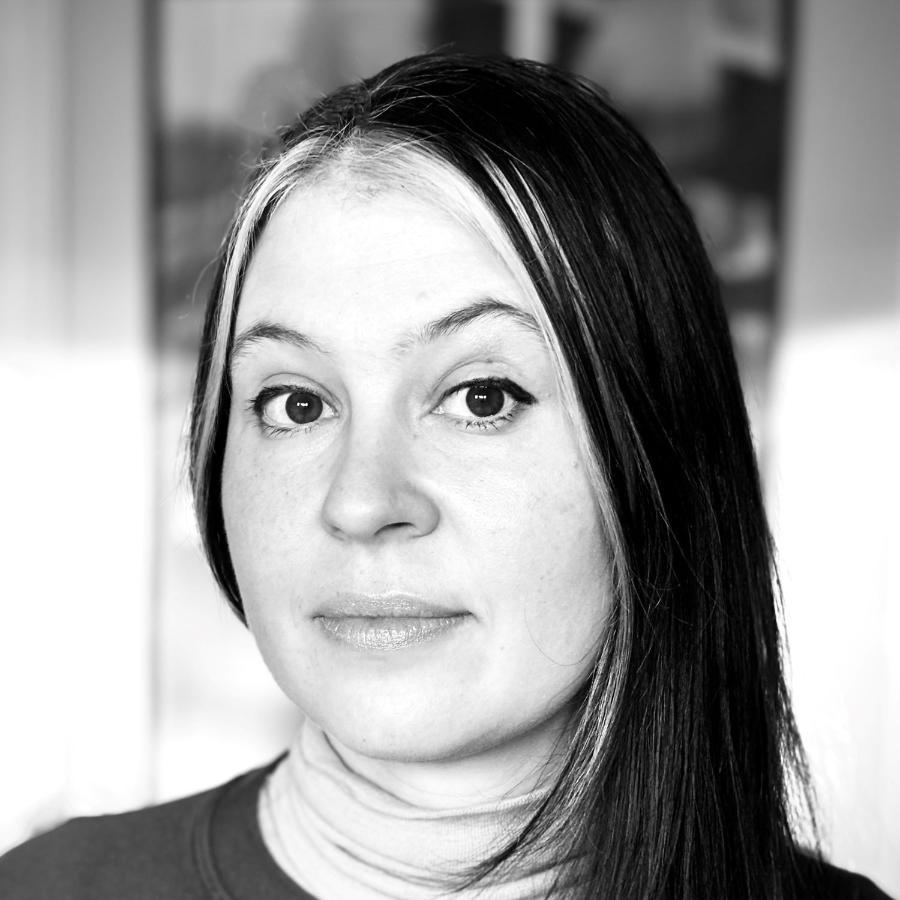

Tell us a little about yourself.
I’ve worked in the photography department at Cumbria since January 2024, so just under a year. I’ve worked as a freelance artist, tutor and workshop facilitator for over 10 years, producing exhibitions and projects with a wide range of people and organisations.
Let us know more about your industry/practice background.
My creative practice is shaped by two main areas of activity: studio-based solo work and workshop-centred participatory projects, which overlap and inform each other. Much of my work, shown in galleries & museums, local shops, on screens and in publications, excavate the influence of photography (as a technology and as a culture of seeing) on us as individuals and communities. I have also worked for many years as a tutor for Stills School, a free alternative photography school for young adults, based at Stills (Edinburgh). After a great experience coming to speak at Cumbria as a visitor, I applied for a job when a space opened up and am very happy to now be part of the team.
What research area do you specialise in?
Through photography, we assign meaning to our experiences through a system of signs and symbols. Primarily using analogue materials, my work positions the three-dimensional world, the interior of the camera and the darkroom as interconnected, revelatory spaces where light is the fundamental, transformational force.
I’m interested in thinking about all kinds of images, but the type of photographs I’m most invested in making are those that are in dialogue with the material aspects of their making - traditionally with negatives and the print, and more recently with digital image making, including emergent technologies like Ai.
I have participated in many national and international residencies including Cove Park (Argyll & Bute) and Fondazione Fotografia (Modena). Recent exhibitions have included Ambit: Photographies from Scotland 2019 (Stills, Edinburgh); Leave the Dishes, Poke the Jelly, 2020 (CCA Intermedia, Glasgow); Notch Code, 2021 (Curfew / Source Magazine). I am working towards a solo presentation of new work at StrangeField (Glasgow) in October 2024.
What modules do you teach and what is your favourite part of these?
I teach across second and third year modules. I particularly enjoy the group crits, as they are a chance for the group (including the lecturers) to really engage with each other and the work on the wall. Making images is one thing, but to articulate how those images function in the world and connect to other ideas and modes of thinking is a very important aspect of the course.
What makes your course different?
This course is carefully constructed to give students the foundational technical skills they need to become a professional photographer and the critical skills to link their work to wider creative inquiry. There is space built into each module for students to develop their own interests in photography and lots of tutor time to support this. We are one of the few courses to offer analogue colour printing, a rewarding and beautiful skill to pass on to younger photographers. Students have the opportunity to exhibit their work publicly in and around Carlisle and we also have an annual residency for students across all three year groups in the stunning Cumbrian countryside.
What advice would you give to students considering studying on this course?
My advice is to come and visit us if you can! We are also based at the lovely Brampton Road campus where we have excellent resources, including cutting edge technologies and traditional darkroom resources. We love the opportunity to meet and chat informally, in person or online, with anyone considering studying on this course so do just get in touch.
What’s your favourite thing about teaching at Cumbria?
Working with students and seeing their skills, ideas and projects develop over time.
